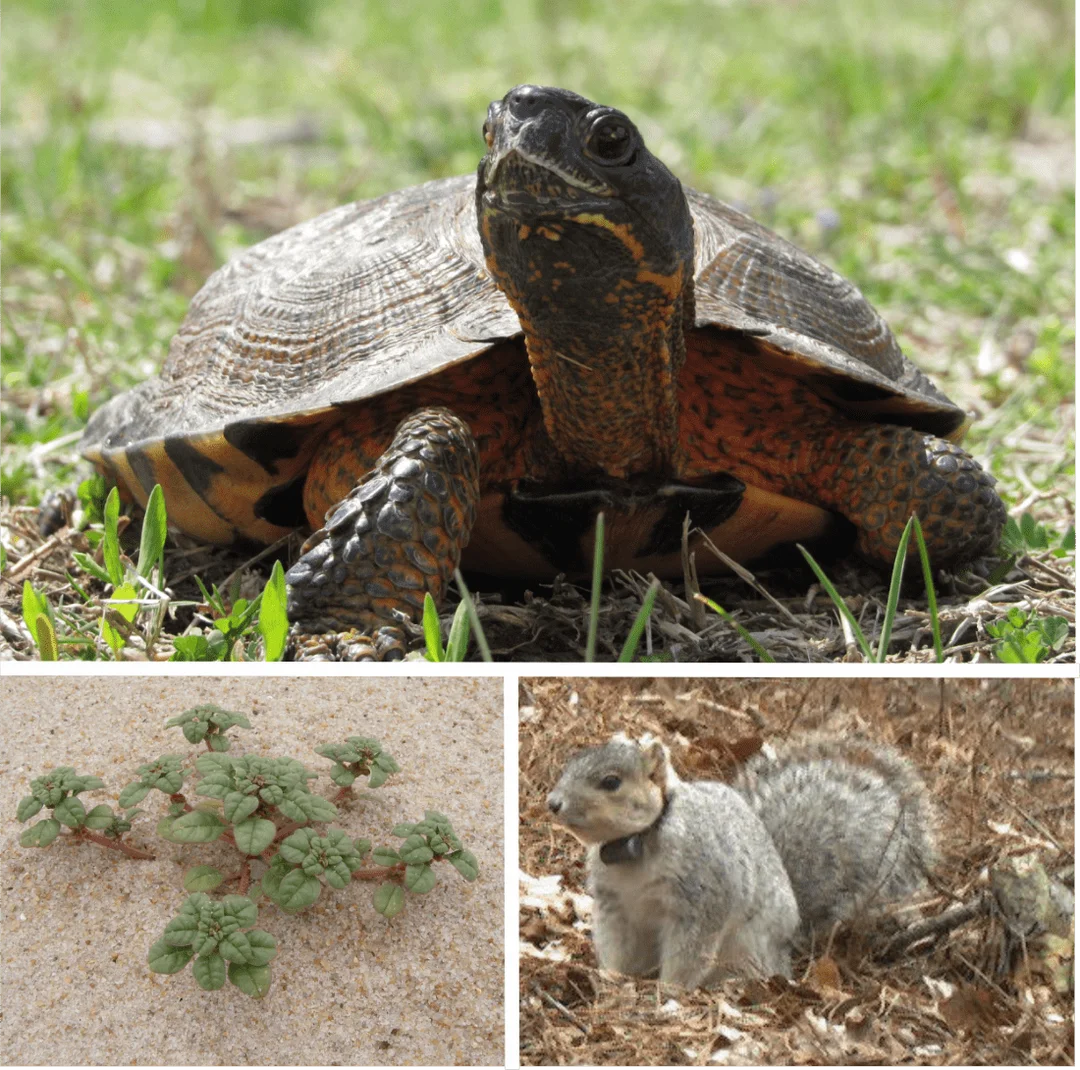
Delaware’s Bold Step Towards Wildlife Conservation: Over 1,000 Species Identified
In an ambitious effort to protect at-risk species, the Delaware Department of Natural Resources and Environmental Control (DNREC) has identified over 1,000 species marked for conservation priority in a crucial wildlife action update. This initiative is not just a state effort; it represents a pivotal moment in the long-term strategy for preserving diverse wildlife and habitats across Delaware.
DNREC’s revision of the Delaware Wildlife Action Plan (DEWAP) aims to create a comprehensive 10-year approach guiding conservation efforts through 2035. With the emphasis on the Species of Greatest Conservation Need (SGCN), this plan highlights native species grappling with threats from habitat degradation and shrinking populations.

In a significant update, DNREC has proposed adding more than 300 plant species to the SGCN list, bringing the total to over 1,000 species that require urgent protection. These species are categorized into three tiers based on their conservation needs, with Tier 1 signifying the highest level of concern.
Each state creates its SGCN list using specific criteria including local and global rarity, federal or state endangered status, and regional conservation priorities. Delaware’s list also incorporates species deemed priorities in the Northeast region, showcasing a collaborative effort across state lines.
DNREC is actively seeking public input on this draft list. Residents are encouraged to review the document and provide comments online. This not only facilitates community engagement but also enriches the conservation strategy with diverse perspectives.
More sections of the draft plan are set to be released during the summer, with public meetings planned for July and August, aiming to refine conservation strategies further. The final Wildlife Action Plan is anticipated for release this fall, encapsulating feedback from various stakeholders.
This update is the culmination of collaboration between federal, state, and local agencies, academic institutions, non-profits, and the public, showcasing the collective enthusiasm for protecting Delaware’s natural treasures. DNREC manages over 68,000 acres of public land, offering various recreational activities while prioritizing wildlife protection.
As the Delaware community prepares to respond to this vital update, one cannot help but wonder: How can citizens actively contribute to the conservation of their local ecosystems? The thoughts and actions of each individual can make a profound difference.
We invite you to share your thoughts on this important initiative and how you, too, can take part in safeguarding our natural environment for future generations.
